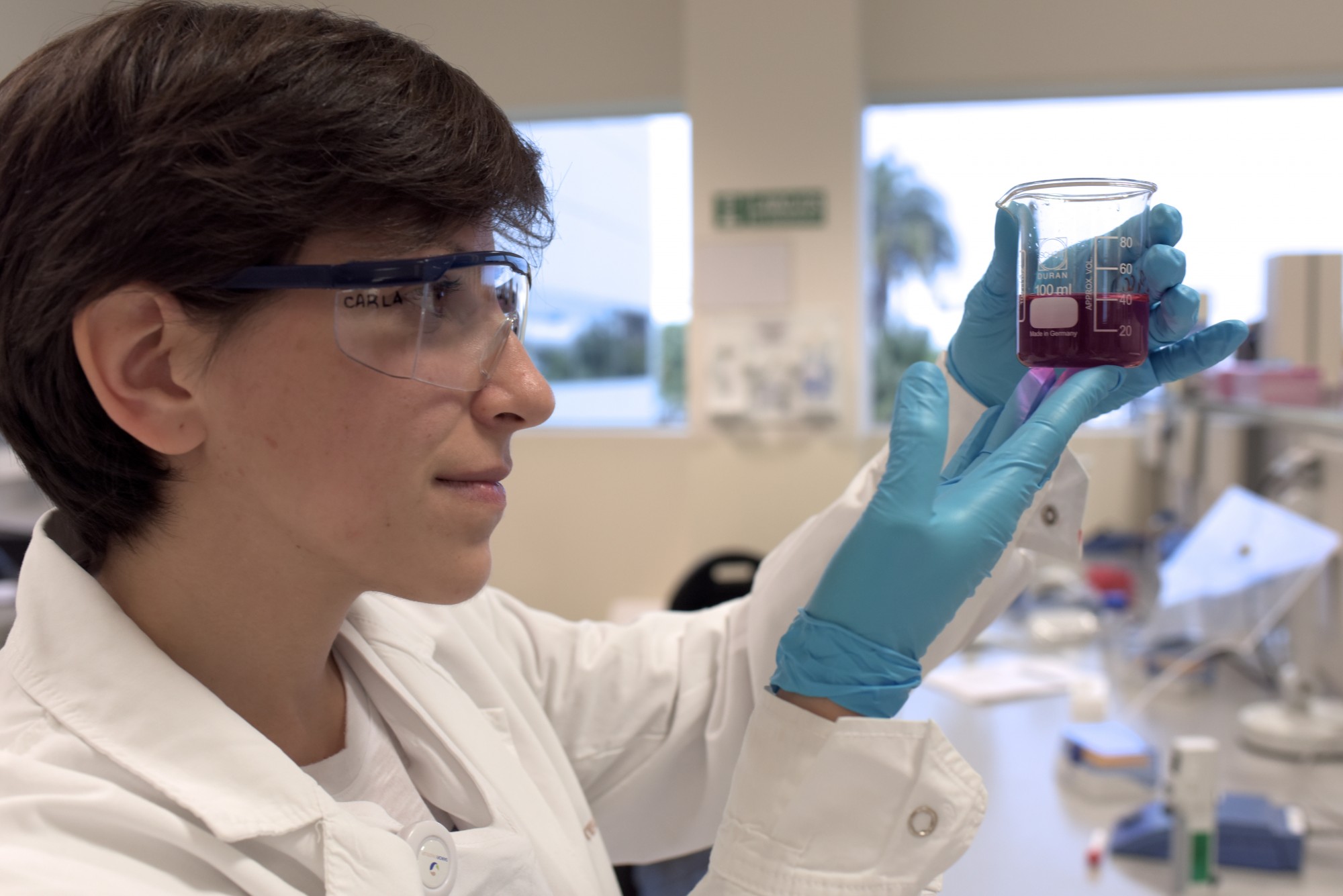The AMR Action Fund
A ground-breaking initiative that aims to bring 2-4 new antibiotics to patients by 2030
The world is losing its most powerful tool in healthcare: antibiotics. The reason is rapidly rising antibiotic-resistant infections – also called antimicrobial resistance, or AMR. Superbugs resistant to antibiotics not only threaten lives, they undermine every aspect of modern medicine. We urgently need new antibiotics, but there are few in the pipeline because of a paradox: despite the huge societal costs of AMR, there is no viable market for new antibiotics. New antibiotics are used sparingly to preserve effectiveness, so developers do not recoup their investment. The result is a huge public health need for new antibiotics, but a lack of funding for antibiotic R&D, particularly the later stages of clinical research, creating a “valley of death” between discovery and patients.
To bridge this gap, more than 20 leading pharmaceutical companies are launching a ground-breaking collective venture to invest nearly $1 billion through a new AMR Action Fund that aims to bring 2 to 4 new antibiotics to patients by the end of the decade.
The AMR Action Fund will forge partnerships with institutions and philanthropic organizations to strengthen and accelerate antibiotic development. It will also work with governments to ensure there is a sustainable pipeline of new antibiotics to fight superbugs.
With this investment from leading biopharmaceutical companies, the AMR Action Fund will be the largest collective venture ever created to address AMR. The AMR Action Fund will:
- Invest in smaller biotech companies focused on developing innovative antibacterial treatments that address the highest priority public health needs, make a significant difference in clinical practice, and save lives.
- Provide technical support to portfolio companies, giving them access to the deep expertise and resources of large biopharmaceutical companies, to strengthen antibiotic development, and support access and appropriate use of antibiotics.
- Bring together a broad alliance of industry and non-industry stakeholders, including philanthropies, development banks, and multilateral organizations, and help encourage governments to create market conditions that enable sustainable investment in the antibiotic pipeline.
US$1 billion
pharmaceutical industry investment
to bring 2-4 antibiotics
to patients by 2030
24 biopharmaceutical companies
investing in the fund










